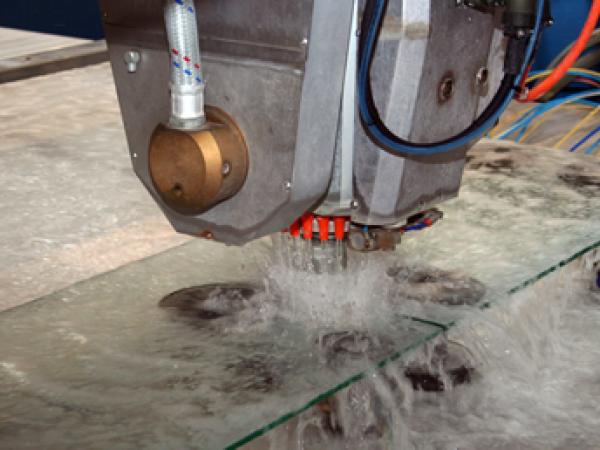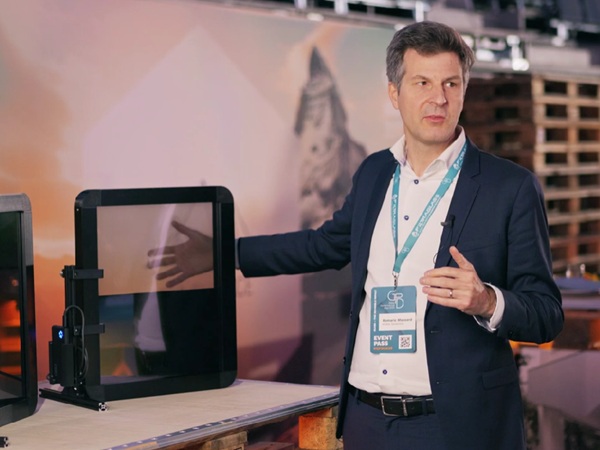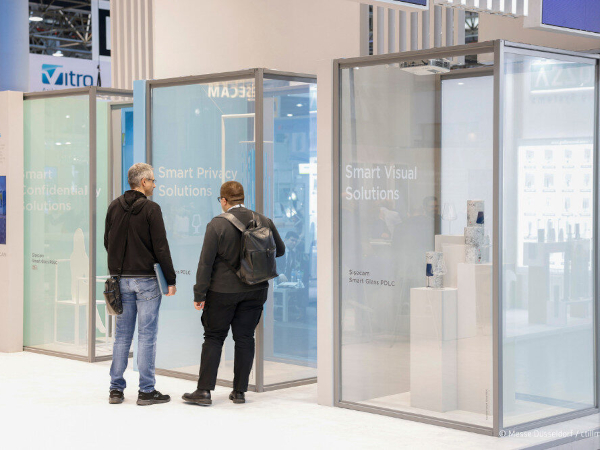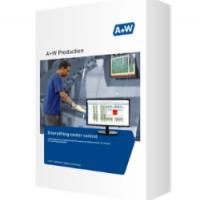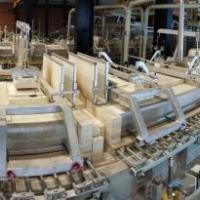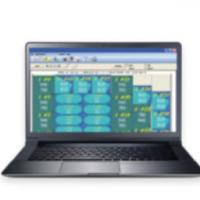In 2009 the European flat glass sector had to cope with marked sales drops. On the German market, for example, flat glass production declined by roughly 19% and flat glass finishing still by 11% against 2008 according to data provided by the German Statistical Office. This development forces glass producers and finishers to make far-reaching savings efforts.
Raising production efficiency plays a decisive role for them here. This is why highly efficient, extremely flexible manufacturing equipment is called for to cut operating costs while making it possible to produce new, innovative glass products. Dr. Bernd-Holger Zippe, Chairman of Forum Glass Technology, an industry section of the German Engineering Federation (Verband Deutscher Maschinen- und Anlagenbau, VDMA e.V.) describes the strategy as follows: "The main aim must be to exploit existing capacities in the manufacturing process to best effect, to speed up production and consume less energy.”
High output manufacturing operations like in this sizing department at one of the most modern insulation glazing sites in Europe ensure efficient production and the competitiveness of the company. (Photo: Messe Düsseldorf)
The storage of residual sheets plays a pivotal role for optimising glass sizing in insulation glass production. Thanks to the interim storage unit positioned centrally above the line rapid access to different remaining glass types is ensured. (Photo: Messe Düsseldorf)
Adapting to New Products
Coping with the difficult market situation is one of the challenges facing companies in the construction glass sector – as is the development of new high-insulation glass products. Legal requirements to increase the energy efficiency of buildings have made the market share of triple insulation glazing in Germany skyrocket.
Some one and half years ago Wolfgang Böttcher, staff member at the Aachen-based Saint-Gobain Glass GmbH, presented a market overview at the glasstec scientific symposium showing that in Germany the percentage of triple insulation glass in newly installed glazing was still as low as 10%.
This means that our market still clearly lagged behind Sweden (65 %), Norway (30 %) and the Alpine states Switzerland (31%) and Austria (30 %). This scenario has changed noticeably. According to the latest data furnished by German industry representatives, triple insulation glazing already accounted for some 25% in 2009.
In modern high-tech insulation glass plants fully automatic sorting systems serve as buffers between sizing and assembly stations safeguarding efficient combination of the matching glass panes. (Photo: Messe Düsseldorf).
Optimised Manufacturing Workflows
Insulation glass producers are therefore well advised to gear up for this development. From cutting and sorting, assembly and sealing of the glazing units to simple glass stands and transporting of the clearly heavier finished products – all machines, production steps and auxiliaries must be oriented towards these new requirements and production workflow must be optimised if we wish to stand our ground against international competition.
Insulation glazing units are not only becoming bigger and bigger but also heavier due to the trend towards high-insulation triple glazing. (Photo: Messe Düsseldorf)
In consulting glass processors Dr. Bernd-Holger Zippe focuses on a holistic analytical approach: "We machinery manufacturers take a very close look at the process chain of our customers and ask ourselves: what comes before the machine and what comes after it? Are my technologies adapted to my customer’s process steps – and will they still be so five or seven years down the road? What can we do to optimise processes? For instance, is a plant constantly connected to power although it is only used 70% of the time because its control system cannot cope?
We tackle such issues and offer relevant solutions.” Ideal circumstances for gathering information on the state-of-the-art technology are provided by international trade fairs such as the global No. 1 trade fair glasstec held in Düsseldorf from 28 September to 1 October. This will have a number of innovations in store especially in view of energy-efficient and sustainable production.
Very efficient and more meticulous than the human eye. Highly sensitive scanners reliably monitor glass quality. (Photo: Messe Düsseldorf)
Forward-Looking Finishing Techniques
In the area of glass finishing most firms still opt for classic technologies, although abrasive high-pressure water jet systems have long proved to be more efficient than classic treatment processes using drills and routers. The water jet cuts fast and very precisely and it does not produce any critical thermal loads at the finishing points. Further saving potential over plants usually operating horizontally is provided by the vertical orientation of water jets for finishing. Thanks to this new development even large glass sheets can be finished in line efficiently and with a small footprint.
Constantly improved laser technology also offers advantages over classical glass finishing. Sizing no longer requires glass breaking and the resulting high-quality of the edges increases the strength of the glass components. At the same time production losses through glass breakage or mechanical damage to the high-quality glass products can be reduced to a minimum.
Laser systems open up new horizons for applying individual decorations here. With this technology even very large glass sheets can be textured very effectively and with high precision. And the glass surface remains completely intact.
Alongside conventional glass finishing with routers and drills, extremely precise and efficient water jet and laser systems offer glass operations new development perspectives. (Photo: Messe Düsseldorf)
In the area of laminated glass production expensive climate chambers and autoclaves are now no longer a necessity. Autoclave-less laminating now offers many possibilities to small and medium-sized companies. The required investment for this technology is comparatively low but applications are varied.
Just as promising are new technologies for manufacturing tempered safety glass that make it possible to temper glass sheets just a few millimetres thick and achieve perfect qualities. The tempered glass is extremely resistant making it especially suitable for use in flat panel screens or in photovoltaics but also for insulation glass manufacturers. The latter already have this so-called lightweight glass in their “sights” with a view to addressing the weight issues associated with triple glazing units.
Thanks to novel laser technology even large-surface glass units can be textured individually – their surfaces remaining intact. (Photo: Cerion GmbH)
Sustainability also in Production
Efficiency and maximum diversity in application are no longer the only quality criteria for modern production operations. The sustainability theme is also gaining increasing importance in manufacturing. Glass machinery manufacturers are already gearing up for these requirements, says Dr. Bernd-Holger Zippe: "We assume that in the foreseeable future invitations to tender will state sustainability parameters.
Machinery producers will have to present solutions and say how their machinery and equipment can contribute to saving resources, energy consumption and sustainability – along the entire process chain and throughout the complete product life cycle."
Press Contact glasstec 2010
Sebastian Pflügge/Corinna Kuhn
Tel.: +49(0)211/4560-464 oder -598
Fax: +49(0)211/4560-87 464
E-mail: PflueggeS@messe-duesseldorf.de or
KuhnC@messe-duesseldorf.de

